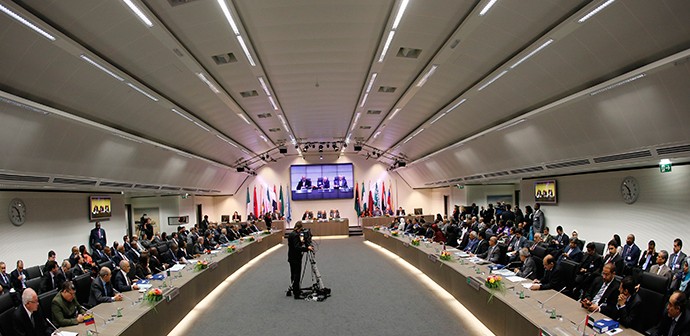If figuring out who would snap the Thanksgiving turkey wishbone sent your family into a skirmish last week, it was still probably nothing compared to the internal slug-fest that oil ministers from the Organization of Petroleum Exporting Countries (OPEC) waged when they met Thursday in Vienna. But that battle is actually a war against US shale production – with oil prices as the weapon.
For months, OPEC has been grappling with what to do about the gusher of oil flowing from American shale developments. The boom in tight oil production means the US is pumping about 4 million new barrels of crude per day into the global market – a significant amount of the world’s 75 million barrel per day production.


